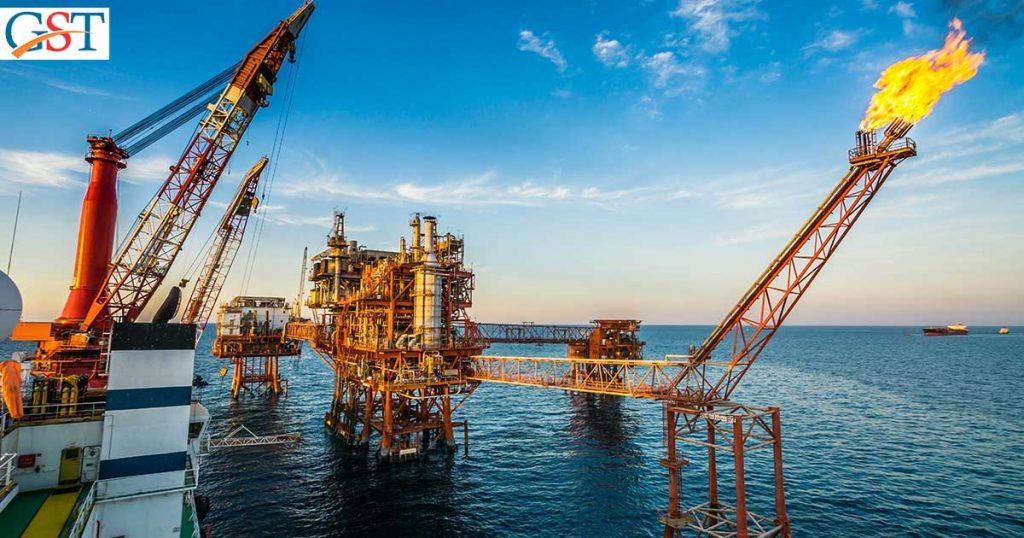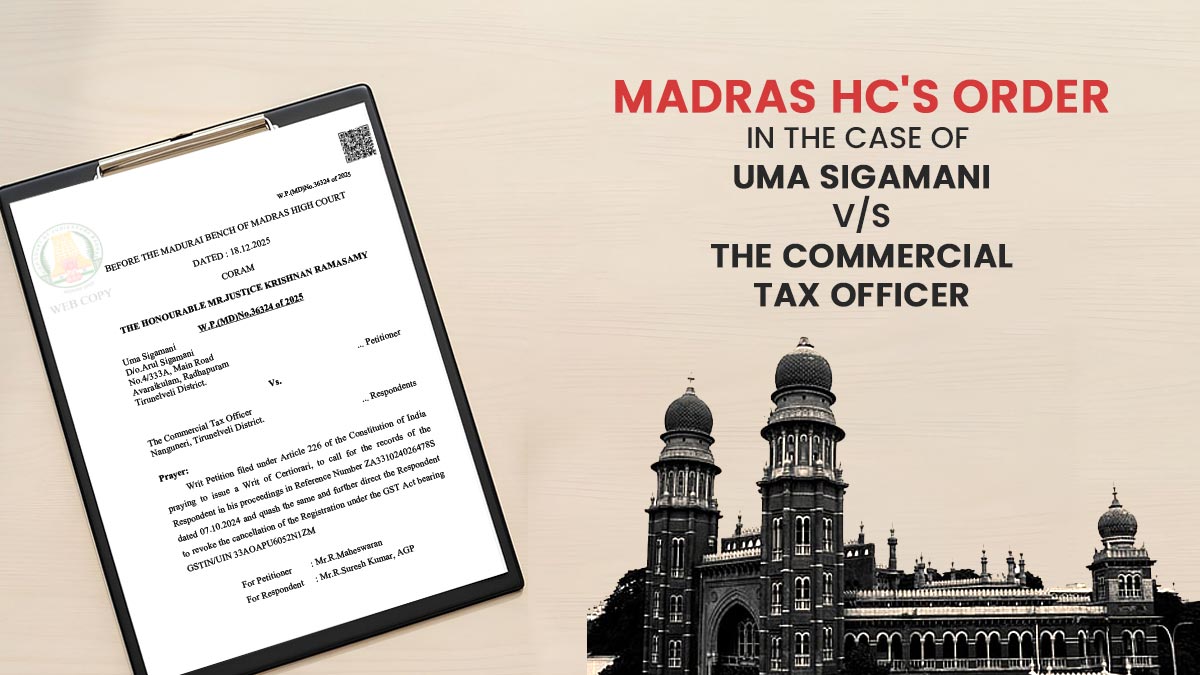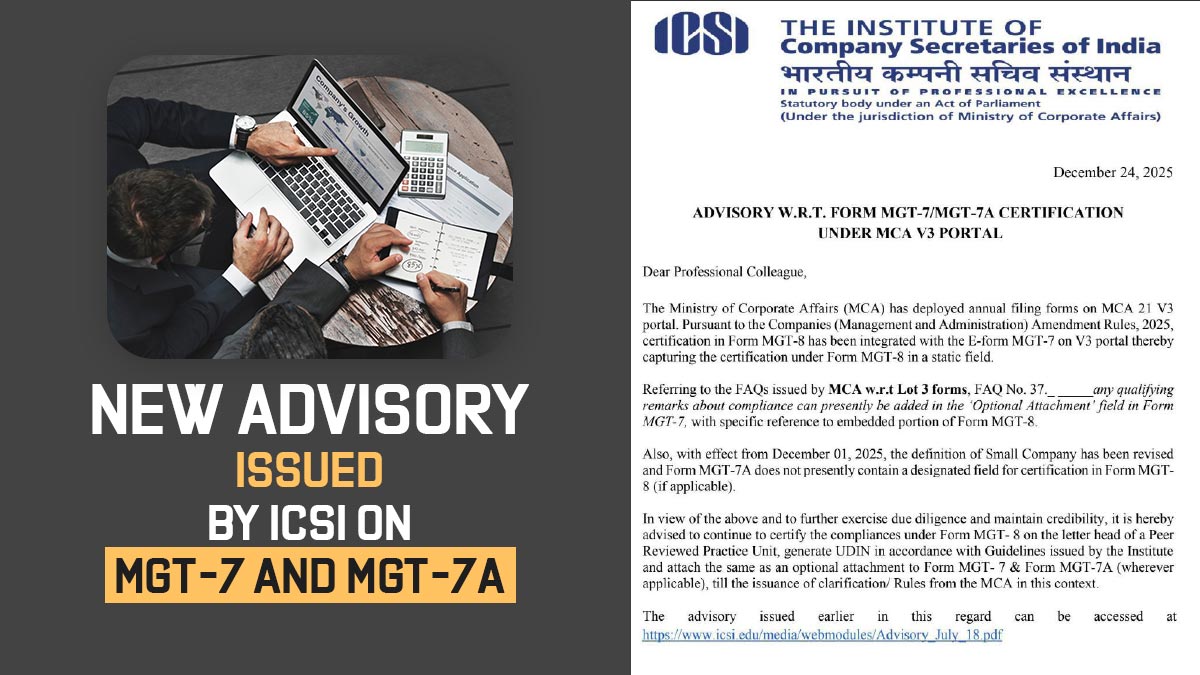
Government of India is striving for Oil & Gas related infrastructure to have a City Gas distribution network that will cover 70% of the inhabitants of the city. This will certainly resolve the availability problem with natural gas consumption but affordability issue will still be there.
However, bringing oil & gas under the purview of Goods & Service Tax (GST) will bring down the cost of these goods and hence will increase its affordability. Along with making the price reasonable which will increase the consumption of natural gas, GST will bring down the tax-related hardships as well.
Oil and Gas industries have been urging for including oil & gas under GST confines since last two years when the GST regime was started but the states are not willing to do so as they are earning huge revenue from oil & gas sector.
According to the news reports and the honourable minister, an investment worth $60 billion has been planned alone for the gas sector that also includes trunk pipelines such as LPG projects and Urja Ganga. City Gas distribution network will distribute natural gas to 70% of the citizens.
Read Also: What if Petrol and Diesel Come Under GST India?
The government has withdrawn its investment from Bharat Petroleum Corporation Limited (BPCL) which may attract strategic investor in Hindustan Petroleum Corporation Limited (HPCL) and may bring changes in the sector. The matter was discussed with Debasish Debasish Mishra, Partner at Deloitte, India in an interview. He refused to comment on the appraisal of individual companies and said that it is a matter of choice for Oil and Natural Gas Corporation (ONGC) as to what action should be taken as they are official promoters of HPCL.
According to Debashish, the two companies can associate together and create opportunities as ONGC will soon start its production of domestic gas from the KG Basin and the HPCL already has a domestic gas distribution network. ONGC can act as the owner and decide what should be done with the HPCL’s future.
When asked about the scope of international traders and investors in the oil and gas sector of India, Debasish replied positively saying that Indian oil & gas market is an attraction for global traders as well as investors as according to the viewpoint of International Energy Agency or British petroleum, India’s demand for energy is going to increase by 4.5% in the next twenty years.
Recommended: What If Electricity Comes Under GST India?
This demand for energy in India is anticipated to be the highest at the global front as the world’s energy demand in the same period is expected to increase by a flat 1%. This clearly shows ample opportunities in downstream and midstream companies w.r.t investment scopes in India.
Example of midstream and downstream company includes Essar oil which attracted the massive Rosneft investment. Another example of a downstream company with all-time investors’ interest is Total-Adani.









